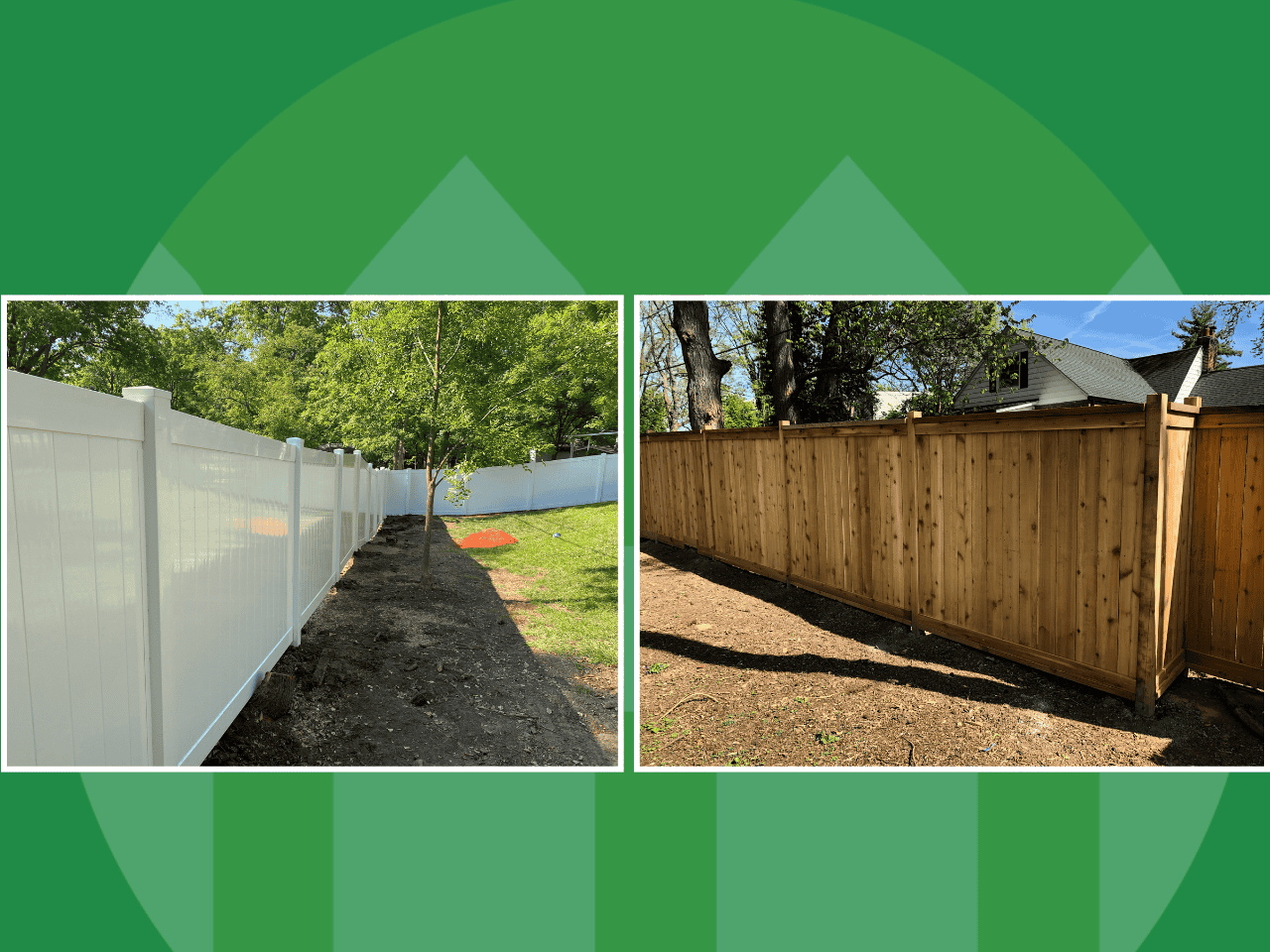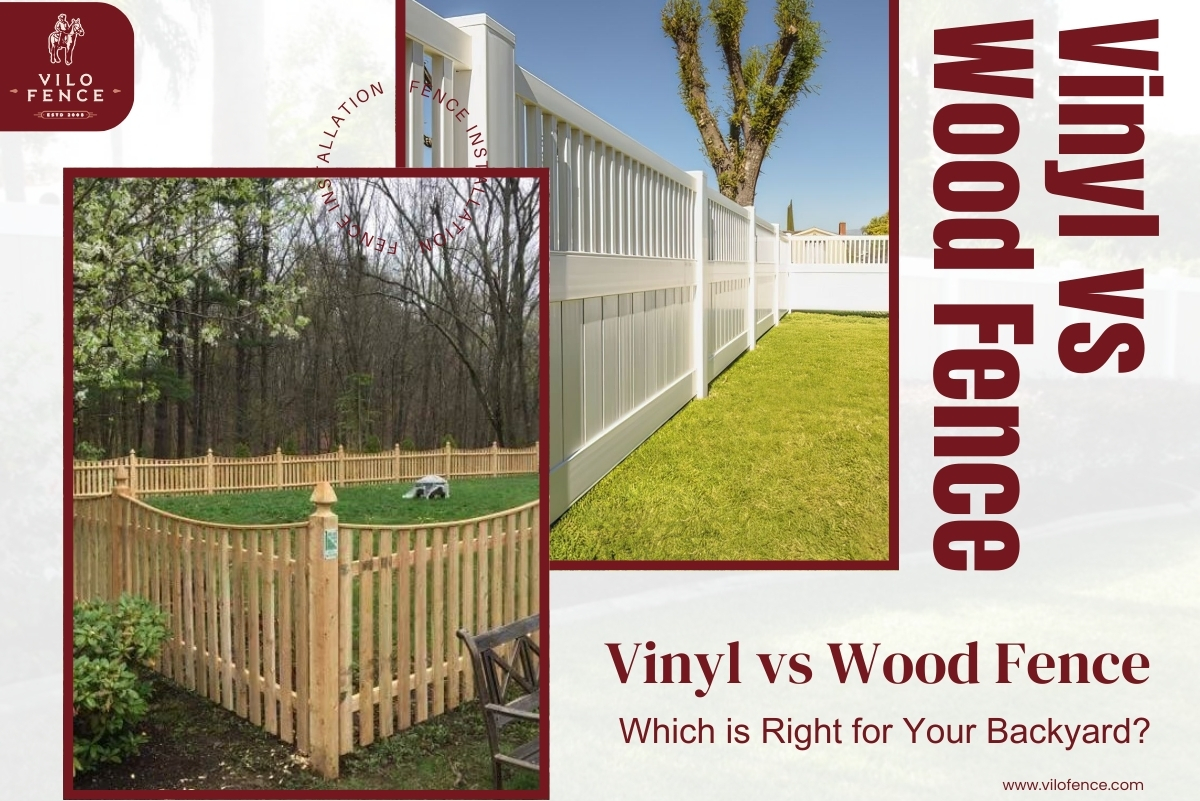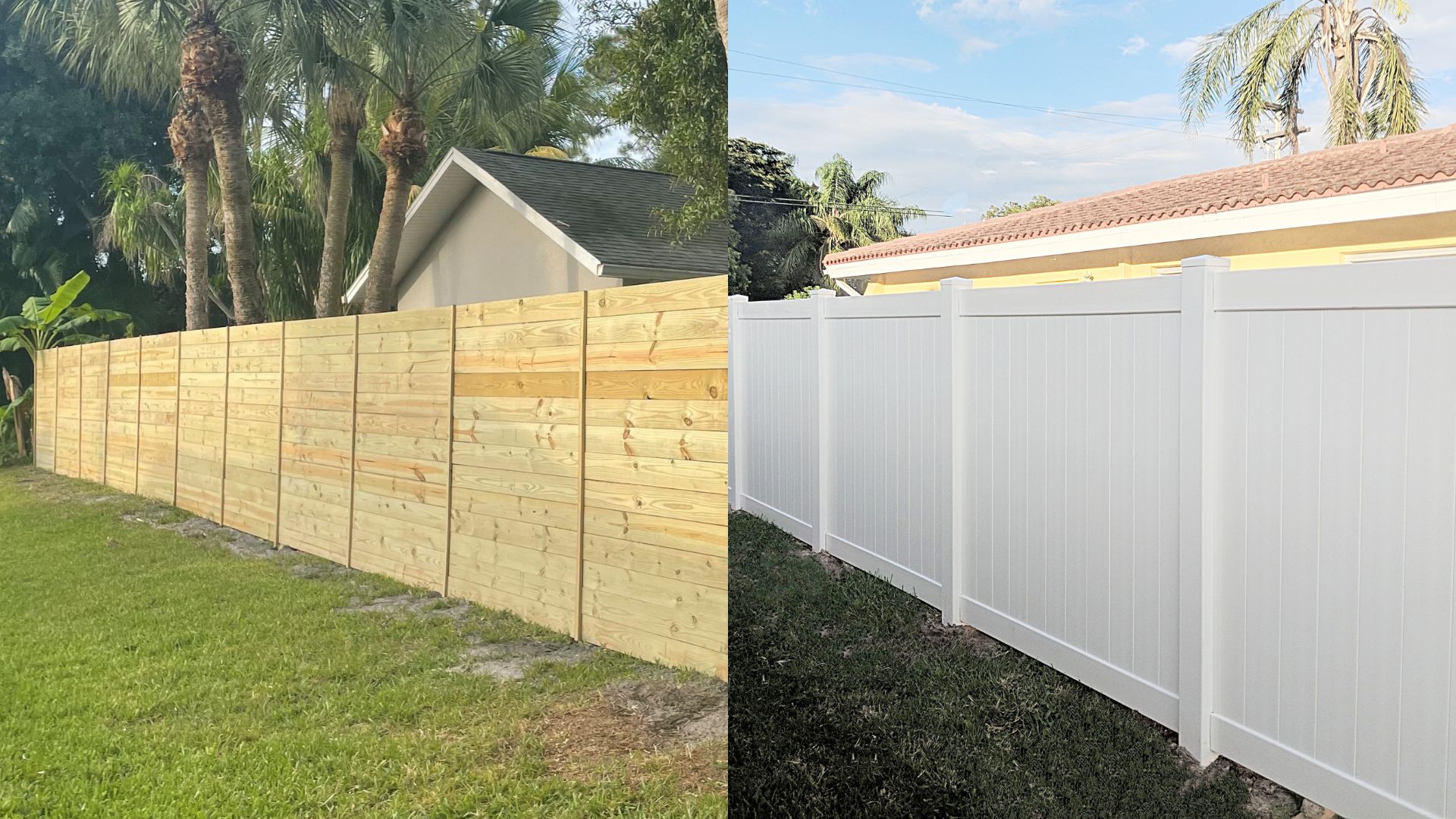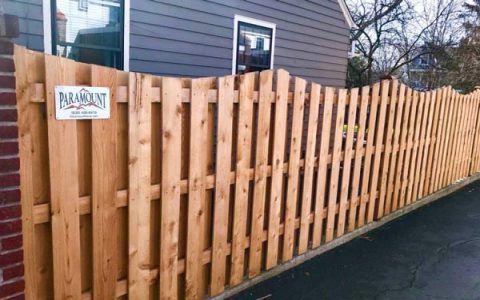Choosing between a wood and a vinyl fence requires careful consideration of several key factors. Each material offers unique benefits and drawbacks related to cost, maintenance, durability, and aesthetics.
Cost Comparison
Initial Investment:
- Wood: Generally has a lower upfront material and installation cost compared to vinyl.
- Vinyl: Typically involves a higher initial expenditure.
Long-Term Costs:

- Wood: Incurs ongoing expenses for maintenance, such as staining, sealing, and repairs for rot or insect damage.
- Vinyl: Has minimal long-term costs due to its low maintenance requirements, potentially making it more cost-effective over its lifespan.
Maintenance Requirements
Wood Fences:
- Require regular, often annual, maintenance. This includes cleaning, sanding, and applying stain, paint, or sealant to protect against moisture, UV rays, rot, and insects.
- Susceptible to warping, cracking, splintering, and fading if not properly maintained.
Vinyl Fences:
- Extremely low maintenance. They do not require painting or staining.
- Typically only need occasional cleaning with soap and water to remove dirt, grime, or mildew.
- Resistant to rot, pests, warping, and splintering.
Durability and Lifespan
Wood Fences:
- Lifespan can vary significantly, typically ranging from 10 to 20 years, depending on the wood species (e.g., cedar and redwood are more durable), climate, and a consistent maintenance routine.
- Can be vulnerable to insect infestation (termites, carpenter ants) and decay.
Vinyl Fences:
- Generally offer a longer lifespan, often lasting 20 to 30 years or more.
- Highly durable and engineered to withstand harsh weather conditions, moisture, and pests. High-quality vinyl is also resistant to fading and yellowing from UV exposure.
Aesthetic Appeal
Wood Fences:

- Offer a classic, natural, and traditional appearance that many homeowners find appealing.
- Can be easily customized with a wide variety of stains and paints to match or complement a home's exterior.
- Provides a range of textures and grains depending on the wood type.
Vinyl Fences:
- Available in various colors (commonly white, tan, grey) and styles, including designs that mimic the look of wood grain or ornamental iron.
- Offers a uniform, clean, and modern appearance.
- Color is integral to the material, meaning scratches are less noticeable, but color choices are fixed once installed.
Installation
Wood Fences:
- Installation can be more labor-intensive and may require more specialized carpentry skills, especially for custom designs.
- More adaptable to sloped or uneven terrain as individual pickets and rails can be adjusted.
Vinyl Fences:
- Often come in pre-fabricated panels and posts that interlock or slide into place, which can make installation quicker and potentially easier for DIY enthusiasts on relatively level ground.
- Requires precise post placement for panel alignment.
Environmental Impact
Wood Fences:
- A renewable resource, especially if sourced from sustainably managed forests (e.g., FSC certified).
- Biodegradable at the end of its life, provided it hasn't been treated with harsh chemicals.
- The chemicals used for pressure-treating some woods can be an environmental concern.
Vinyl Fences:

- Made from PVC (polyvinyl chloride), a non-renewable, petroleum-based plastic.
- Not biodegradable, contributing to landfill waste if not recycled.
- Manufacturing process is energy-intensive. Some vinyl fencing can be recycled, but facilities may be limited.
Repair
Wood Fences:
- Damaged sections or individual boards can usually be easily and inexpensively replaced without disturbing the rest of the fence.
Vinyl Fences:
- Damage, such as significant cracks or holes from impact, typically requires replacing an entire panel or section. This can sometimes be more costly and complex than repairing wood.
Ultimately, the best choice between wood and vinyl fencing depends on your specific priorities. If a natural look, lower initial cost, and customization are key, and you are prepared for regular upkeep, wood is a strong contender. If you prioritize minimal maintenance, long-term durability, and a consistent appearance, and are willing to invest more upfront, vinyl is likely the better option.










